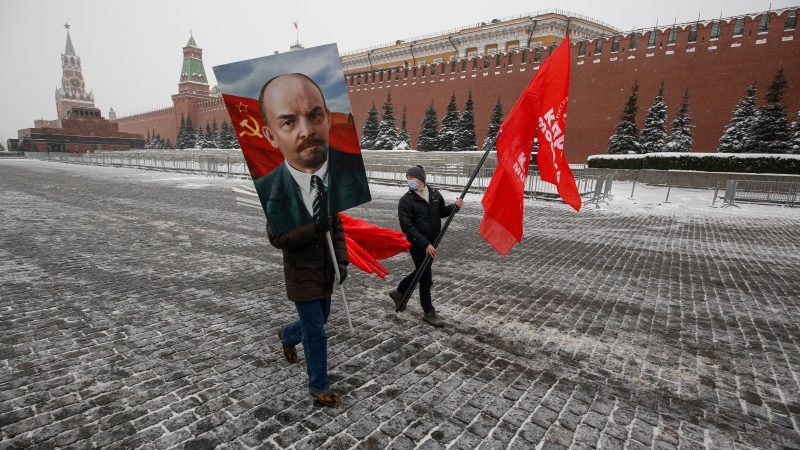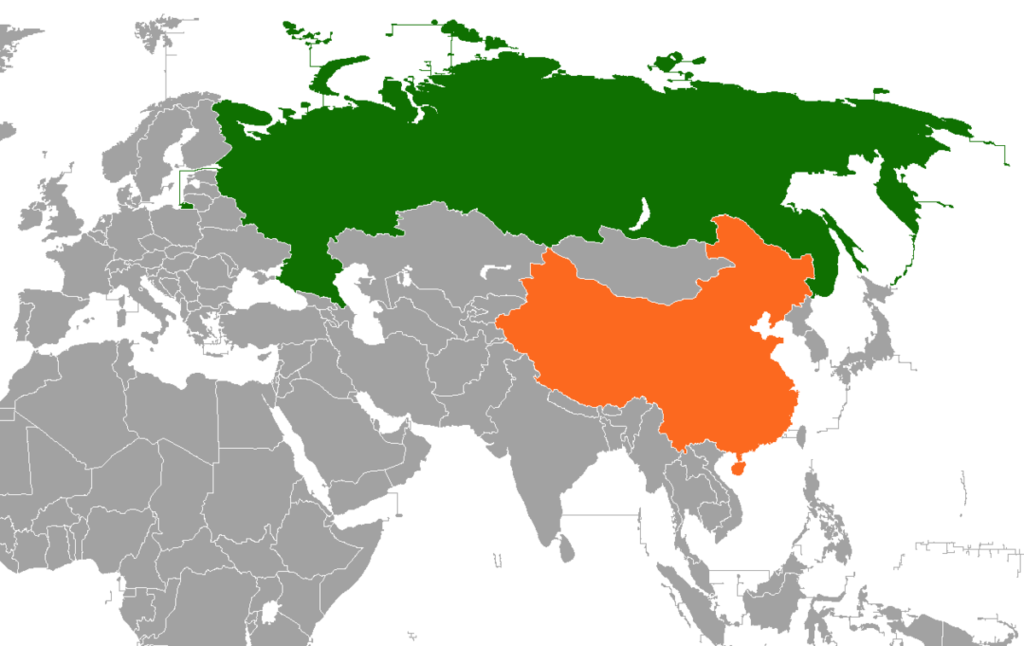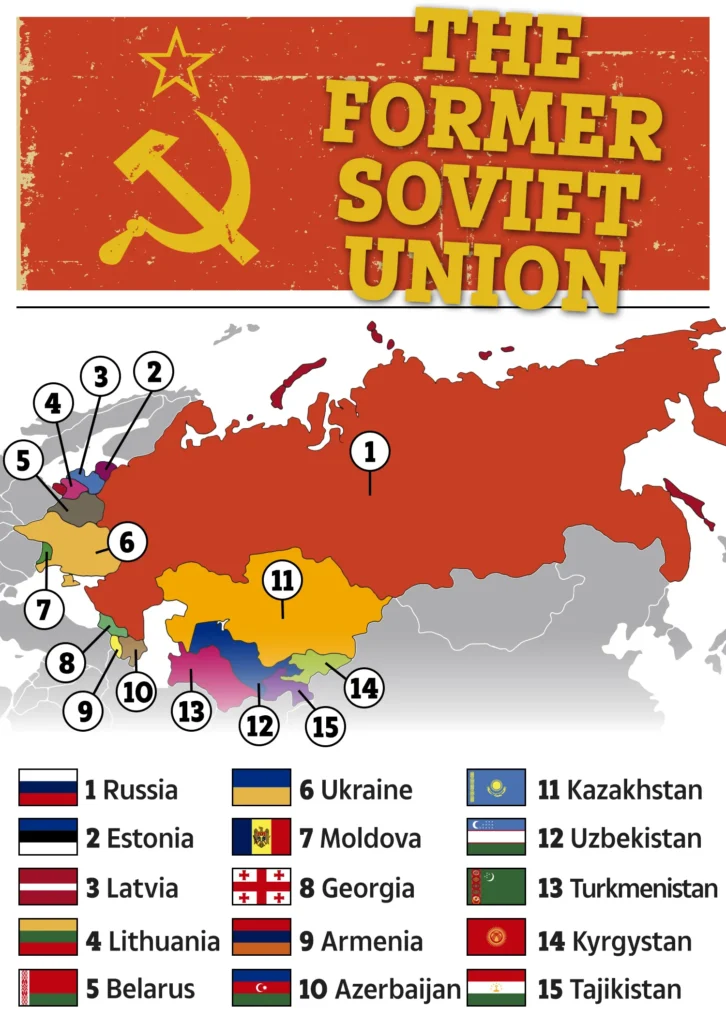The Soviet Union, formally known as the Union of Soviet Socialist Republics (USSR), was a massive geopolitical entity that played a significant role in shaping the 20th century. From its inception in 1922 to its dissolution in 1991, the USSR left an indelible mark on global politics, economics, and culture. Exploring the Soviet Union within a 2500-word limit requires focusing on its origins, key events, economic policies, societal structure, international relations, and eventual collapse.
Origins and Early Years (1917-1928)
The seeds of the Soviet Union were sown during the Russian Revolution of 1917 when the Bolsheviks, led by Vladimir Lenin, overthrew the provisional government and established a socialist state. This event marked the beginning of the world’s first communist regime, setting the stage for the formation of the Soviet Union.

In 1922, the Treaty on the Creation of the USSR was signed, consolidating various Russian territories into a single federal entity. The initial constituent republics included Russia, Ukraine, Belarus, and the Transcaucasian Federation. Lenin’s vision was to create a socialist utopia based on the principles of Marxism-Leninism, with the state controlling the means of production and distribution.
Stalin Era and Industrialization (1928-1953)
Joseph Stalin rose to power after Lenin’s death in 1924, consolidating his authority through a series of political purges and the cult of personality. The period from 1928 to 1953, known as the Stalin era, witnessed rapid industrialization and collectivization efforts aimed at transforming the Soviet Union into a modern industrial powerhouse.
Stalin’s policies, such as the Five-Year Plans, focused on central planning and state control of the economy. Industrial output surged, albeit at great human cost, as millions were forced into labor camps or perished due to famine and repression. The Great Purge of the 1930s further solidified Stalin’s grip on power, eliminating perceived enemies of the state and intellectuals.

World War II and Cold War (1939-1956)
The Soviet Union played a pivotal role in World War II, emerging as one of the victors alongside the Allied powers. The Eastern Front saw some of the war’s fiercest battles, culminating in the Soviet victory over Nazi Germany in 1945. However, the war exacted a heavy toll on the Soviet Union, with millions of casualties and widespread destruction.
The post-war period marked the beginning of the Cold War, a protracted geopolitical struggle between the Soviet Union and the Western powers, led by the United States. Ideological differences, military build-up, and proxy conflicts defined this period of tension, characterized by the formation of military alliances like NATO and the Warsaw Pact.
Thaw and Destalinization (1953-1964)
Following Stalin’s death in 1953, a period of thaw, or “Khrushchev’s Thaw,” ensued under the leadership of Nikita Khrushchev. This era saw a partial relaxation of political repression and a shift towards a more consumer-oriented economy. Khrushchev also denounced Stalin’s cult of personality and initiated a process of destalinization, aimed at reforming the Soviet system.
The Cuban Missile Crisis of 1962 marked the peak of tensions during the Cold War, as the world stood on the brink of nuclear conflict. The crisis was resolved diplomatically, but it underscored the precariousness of the global balance of power.
Brezhnev Era and Stagnation (1964-1985)
Leonid Brezhnev succeeded Khrushchev as the leader of the Soviet Union in 1964, ushering in a period of political stability but economic stagnation. The Brezhnev era was characterized by a conservative approach to governance, marked by increased censorship and a focus on maintaining the status quo.
Soviet influence extended across the globe through support for socialist movements and alliances in Africa, Asia, and Latin America. However, the economic inefficiencies of the planned economy became increasingly apparent, leading to stagnation and a decline in living standards for many Soviet citizens.
Gorbachev’s Reforms and Collapse (1985-1991)
Mikhail Gorbachev came to power in 1985, initiating a series of reforms known as perestroika (restructuring) and glasnost (openness). These policies aimed to revitalize the Soviet economy and address longstanding grievances within society. However, they also unleashed forces that ultimately led to the unraveling of the Soviet Union.

Gorbachev’s reforms inadvertently weakened the central authority of the Soviet state, leading to increased political pluralism and demands for independence from the constituent republics. The Baltic states were the first to break away, followed by others in quick succession. In December 1991, the leaders of Russia, Ukraine, and Belarus declared the dissolution of the Soviet Union, marking the end of an era.
Legacy and Impact
The collapse of the Soviet Union had profound consequences both domestically and internationally. Domestically, it brought an end to seven decades of communist rule and led to the emergence of independent states in Eastern Europe and Central Asia. Economically, the transition from a planned to a market economy was accompanied by widespread hardship and social upheaval.
Internationally, the end of the Cold War reshaped the geopolitical landscape, with the United States emerging as the sole superpower. The dissolution of the Soviet Union also raised questions about the viability of socialism as a political and economic system, while its legacy continues to influence debates on state power, nationalism, and historical memory.
In conclusion, the Soviet Union was a complex and multifaceted entity that left an enduring mark on the 20th century. From its revolutionary origins to its eventual collapse, the USSR shaped global politics, economics, and culture in ways that continue to reverberate into the present day.
